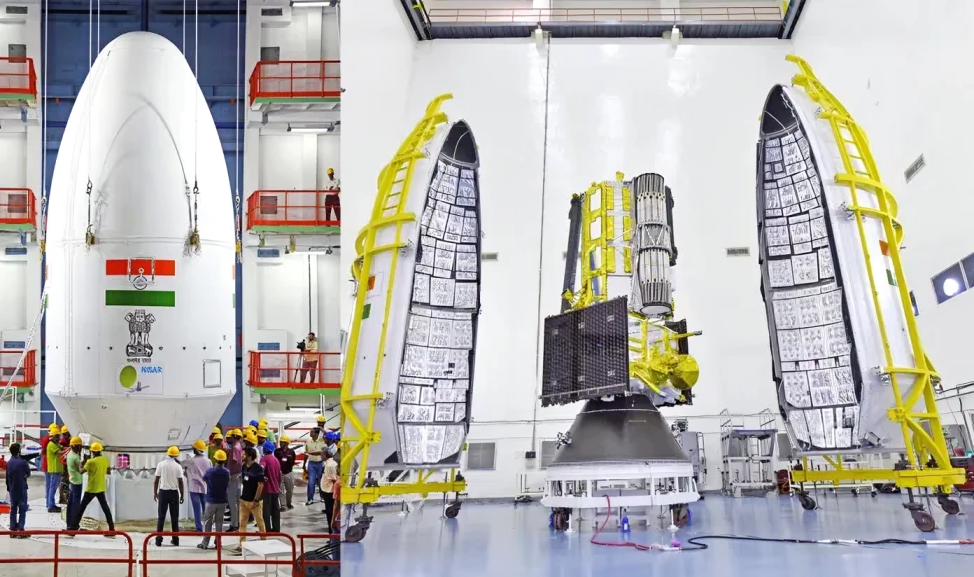India is on the verge of a significant milestone as it prepares for the launch of the NASA-ISRO Synthetic Aperture Radar (NISAR) satellite. This highly anticipated event is set for Wednesday, July 30, 2025, at 5:40 PM IST, and will take place at the Satish Dhawan Space Centre located in Sriharikota. The launch will utilize the GSLV-F16 rocket and marks the first collaborative effort between the Indian Space Research Organisation (ISRO) and NASA in Earth observation.
The countdown for this monumental launch initiated at 2:10 PM on the preceding Tuesday. NISAR, with a weight of 2,392 kg, is programmed to be deployed in a sun-synchronous orbit, allowing it to scan the entire planet every 12 days. The satellite is equipped with dual radar systems—NASA’s L-band and ISRO’s S-band—designed to provide high-resolution imaging capabilities. This configuration enables NISAR to capture all-weather, day-and-night imagery across a swath of 242 km, thus closely monitoring surface changes with centimeter-level accuracy.
In a world increasingly vulnerable to the impacts of climate change and natural disasters, the significance of NISAR extends beyond mere technical achievements. According to ISRO, this satellite will be the first dual-band radar satellite to utilize a GSLV rocket for launch to a sun-synchronous orbit, a feat traditionally accomplished with PSLV missions. One of the standout features of NISAR is its innovative SweepSAR technology, which is capable of gathering detailed data on various Earth phenomena such as glacier movement, earthquake-related deformations, fluctuations in soil moisture, storm patterns, vegetation dynamics, and coastal shoreline shifts.
The NISAR mission is poised to impact several critical areas, including global climate change research, environmental monitoring, and infrastructure assessments. It will play a pivotal role in disaster management by delivering real-time applications for ship detection, surface water mapping, and agricultural monitoring—all vital for effective resource management and emergency response.
Dr. V Narayanan, the ISRO Chairman, emphasized the extensive collaboration that has taken place over more than a decade between ISRO and NASA’s Jet Propulsion Laboratory, which culminated in this mission. He underscored the importance of NISAR as the first mission focused exclusively on Earth observation between the two organizations, illustrating a new chapter in high-precision space science and research.
This ambitious project not only serves as a testament to India’s growing capabilities in space technology but also reinforces international partnerships aimed at advancing sustainable Earth science. The successful launch and operation of NISAR is expected to contribute significantly to scientific understanding and management of the planet’s resources, making it a landmark achievement in both Indian and global contexts.










